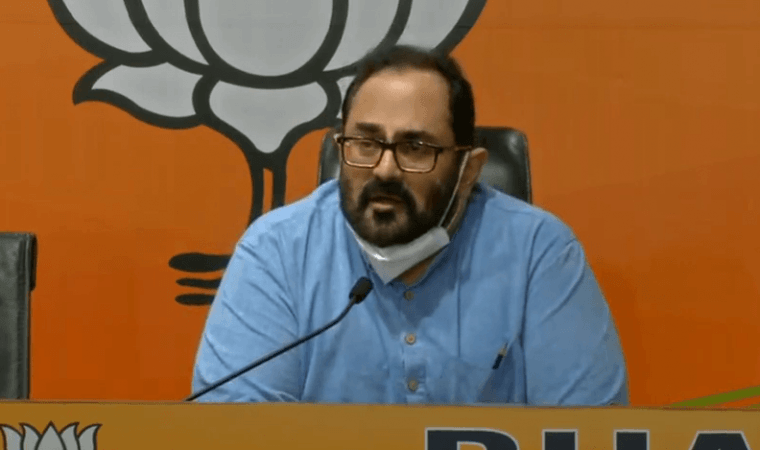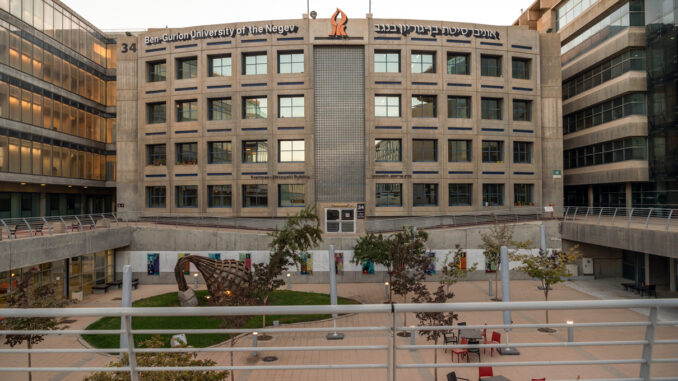
December 13, 2022: Ben-Gurion University of the Negev (BGU), Israel is inviting applications for the eighth edition of its ‘Global Health International Summer Program’.
The program is led by BGU’s School of Public Health, a leading school within BGUs Faculty of Health Sciences. It is a Member of the Association of Schools of Public Health in the European Region (ASPHER), a leader of public health policy in Israel, and abroad. The school has been engaged in researching the impact of geopolitics on pollution, access to health care services, and well-being.
Global health has emerged as an interdisciplinary field incorporating both theory and social involvement, including disciplines such as medicine, epidemiology, sociology, economics, political sciences, ethics, and more. It broadens the traditional medical outlook on health, considering environmental and social determinants afflicting one’s health; it reckons health to be impacted by ecological factors and examines how class, race, and gender inequalities affect access to health care services.
Program delivery
The Summer Program will provide students with a comprehensive learning experience that combines classroom study, professional field trips, and a one-week practicum. They will learn about various aspects of global health decision-making, such as globalization, ethics, migration, and case studies like the global impact of COVID-19, Climate Change, AIDS, Mental Health, and more. The program will be taught entirely in English.
Admission Cycle:
Application deadline: March 10, 2023
Course dates: July 9th – August 3rd, 2023
Admission Requirements:
- Students in their third year (or higher) of bachelor’s degree, students who are pursuing their Master’s or Ph.D. degree, in the fields of Health Sciences or Social Sciences, and health professionals with an interest in Public Policy and Health Economics.
- English proficiency is required.
- All applications will be evaluated by an admissions committee.
Tuition:
Application fee: $60 (non-refundable)
Tuition: $2000*
Accommodations: $450
*Tuition includes health insurance, professional field trips, social activities & excursions. Does not include airfare and personal expenses.
Scholarships: Scholarships are available for outstanding students.

 Pune, 13 December 2022: FLAME University, the pioneer of liberal education in India, recently held a two-day workshop as part of a larger ongoing research project called, ‘The Ownership of Public History in India’ (TOPHI) funded by the British Academy. Project TOPHI aims to bring historically marginalized peoples and areas of knowledge into school and university pedagogy. This event, hosted on the university campus on the 8th and 9th of December 2022, explored alternatives to mainstream curricula in telling new stories, and creating new lesson plans, across visual, linguistic and food traditions.
Pune, 13 December 2022: FLAME University, the pioneer of liberal education in India, recently held a two-day workshop as part of a larger ongoing research project called, ‘The Ownership of Public History in India’ (TOPHI) funded by the British Academy. Project TOPHI aims to bring historically marginalized peoples and areas of knowledge into school and university pedagogy. This event, hosted on the university campus on the 8th and 9th of December 2022, explored alternatives to mainstream curricula in telling new stories, and creating new lesson plans, across visual, linguistic and food traditions.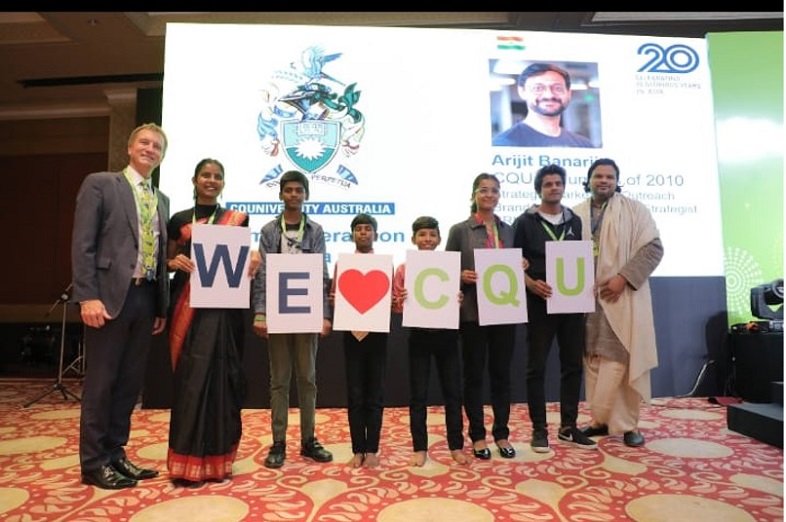


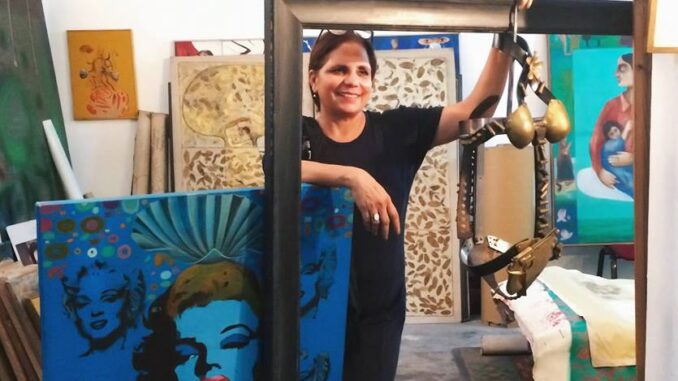
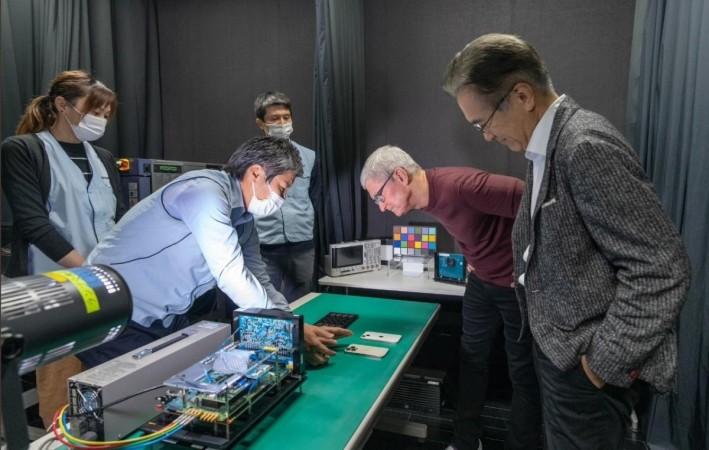



![OnePlus Monitors launched in India; features you need to know before buying [details] OnePlus Monitors launched in India; features you need to know before buying [details]](https://data1.ibtimes.co.in/en/full/779440/oneplus-monitors-launched-india-features-you-need-know-before-buying-details.png?h=450&l=50&t=40)
![OnePlus Monitors launched in India; features you need to know before buying [details] OnePlus Monitors launched in India; features you need to know before buying [details]](https://data1.ibtimes.co.in/en/full/779441/oneplus-monitors-launched-india-features-you-need-know-before-buying-details.png?h=450&l=50&t=40)
